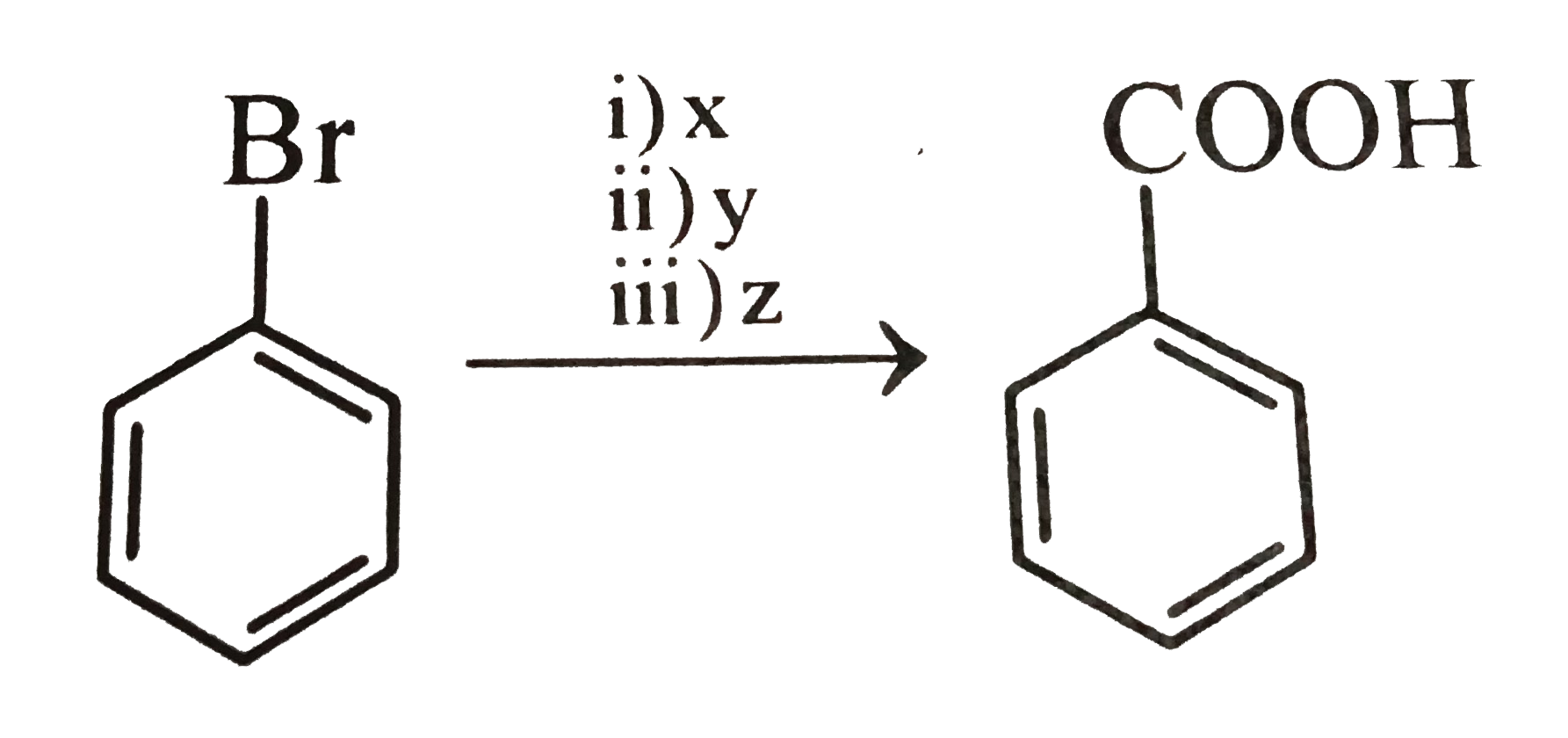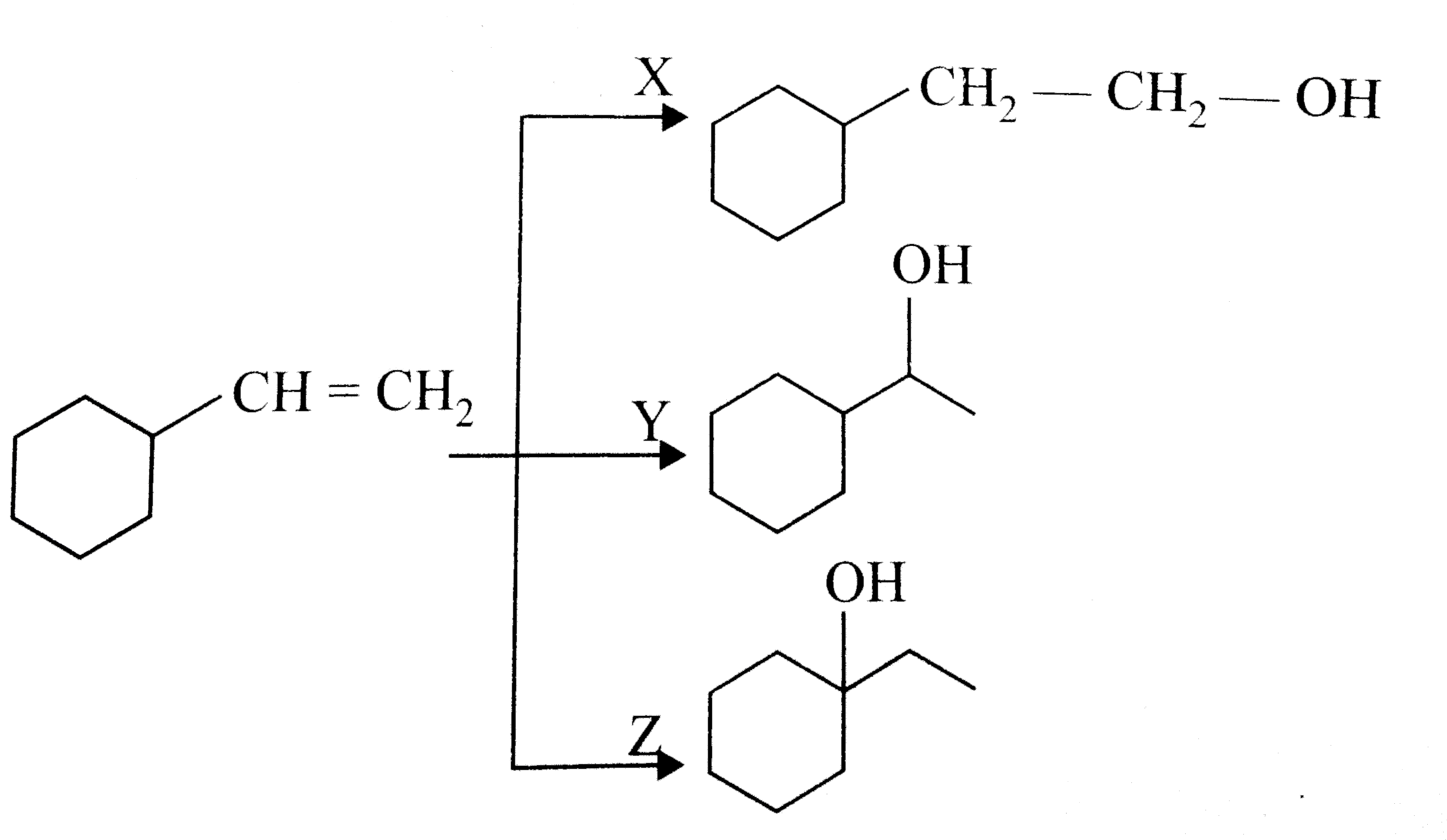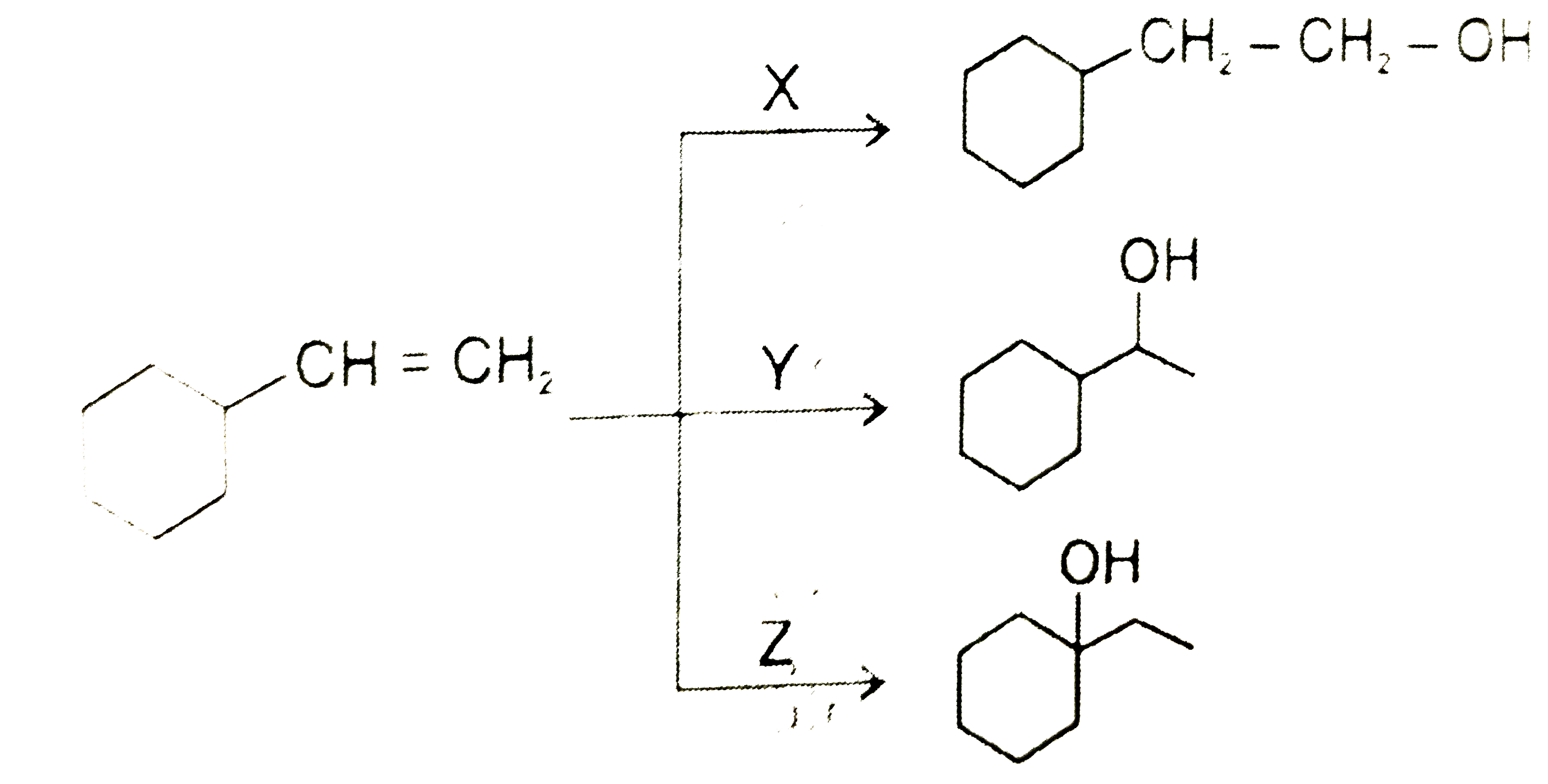For a certain reaction X, rate=0.7ZABe−EART.
It is seen that for another reaction, Y, rate = ZABe−EART.
Based on the above, what can be said about reactions X and Y?
Both the reactions involve complex molecules.
Both the reactions involve simple molecules or atomic species.
Reaction X involves simple molecules or atomic species, while reaction Y involves complex molecules.
Reaction X involves complex molecules, while reaction Y involves simple molecules or atomic species.
To analyze the reactions X and Y based on their rate equations, we can follow these steps:
Step 1: Understand the Rate Equations
- For reaction X, the rate is given by:
RateX=0.7ZABe−EART
- For reaction Y, the rate is given by:
RateY=ZABe−EART
Step 2: Compare the Rate Constants
- The rate equation for reaction X has a coefficient of 0.7 in front of ZAB, while reaction Y has a coefficient of 1 (since ZAB is multiplied by 1).
- This indicates that the rate of reaction X is 70% of the rate of reaction Y when both reactions are at the same conditions (temperature, concentration, etc.).
Step 3: Analyze the Implications of the Coefficients
- The coefficient in front of ZAB suggests that reaction X is less efficient than reaction Y, which could imply that reaction X might involve more complex molecular interactions or mechanisms that slow down the reaction rate.
- Reaction Y, having a coefficient of 1, suggests it is a simpler reaction, possibly involving fewer steps or simpler molecular interactions.
Step 4: Determine the Nature of the Reactions
- The presence of the coefficient (0.7) in reaction X suggests that it may involve complex molecules or a more complicated reaction mechanism.
- Conversely, reaction Y, which does not have this coefficient, may involve simpler atomic or molecular species, indicating a more straightforward reaction.
Conclusion
Based on the analysis:
- Reaction X likely involves complex molecules or a more complex reaction mechanism.
- Reaction Y likely involves simple atomic or molecular species.
Final Answer
Thus, the correct conclusion is:
- Reaction X involves complex molecules, and reaction Y involves simple molecular or atomic species.
- For reaction X, the rate is given by:
RateX=0.7ZABe−EART
- For reaction Y, the rate is given by:
RateY=ZABe−EART
- The rate equation for reaction X has a coefficient of 0.7 in front of ZAB, while reaction Y has a coefficient of 1 (since ZAB is multiplied by 1).
- This indicates that the rate of reaction X is 70% of the rate of reaction Y when both reactions are at the same conditions (temperature, concentration, etc.).
- The coefficient in front of ZAB suggests that reaction X is less efficient than reaction Y, which could imply that reaction X might involve more complex molecular interactions or mechanisms that slow down the reaction rate.
- Reaction Y, having a coefficient of 1, suggests it is a simpler reaction, possibly involving fewer steps or simpler molecular interactions.
- The presence of the coefficient (0.7) in reaction X suggests that it may involve complex molecules or a more complicated reaction mechanism.
- Conversely, reaction Y, which does not have this coefficient, may involve simpler atomic or molecular species, indicating a more straightforward reaction.
Based on the analysis:
- Reaction X likely involves complex molecules or a more complex reaction mechanism.
- Reaction Y likely involves simple atomic or molecular species.
Thus, the correct conclusion is:
- Reaction X involves complex molecules, and reaction Y involves simple molecular or atomic species.
Topper's Solved these Questions
Similar Questions
Knowledge Check
In the reaction

x,y and z areAx=Mg,dry ether, y=CH3Cl,z=H2OBx=Mg, dry methanol, y =CO2,z= dil. HClCx=Mg, dry ether, y=CO2,z=dil. HClDx=Mg, dry methanol, y=CH3Cl,z=H2O
X,Y,Z reaction are :ASimple hydration reactionBHydroboration − oxidation, hydration and oxymercuration− demercurationCHydroboration − oxidation, oxymercuration − demercuration and hydrationDOxymercuration− demercuration, hydroboration− oxidation and hydration
X, Y, Z in the above reaction areACyclohexane, Cyclohexanol, Cyclohexanoic acidBCyclohexane, Cyclohexanone, Adipic acidCCyclohexane, Cyclohexanal, Cyclohexanoic acidDCyclohexane, Cyclohexanone, Cyclohexanoic, Cyclohexanoic acid

X,Y and Z reaction are :
View Solution
X, Y and Z in the above reaction are respectively.
View SolutionRate constant k of a reaction is dependent on temperatur:
k=AeEa/RT
K has the least value at
View SolutionFor a reaction X+Y→Z, rate ∝[X]. What is (i) molecularity and (ii) order of reaction ?
View SolutionThe rate law for the reaction
2X+Y→Z is Rate =k[X][Y]
The correct statement with regard to this relation is
View Solution
